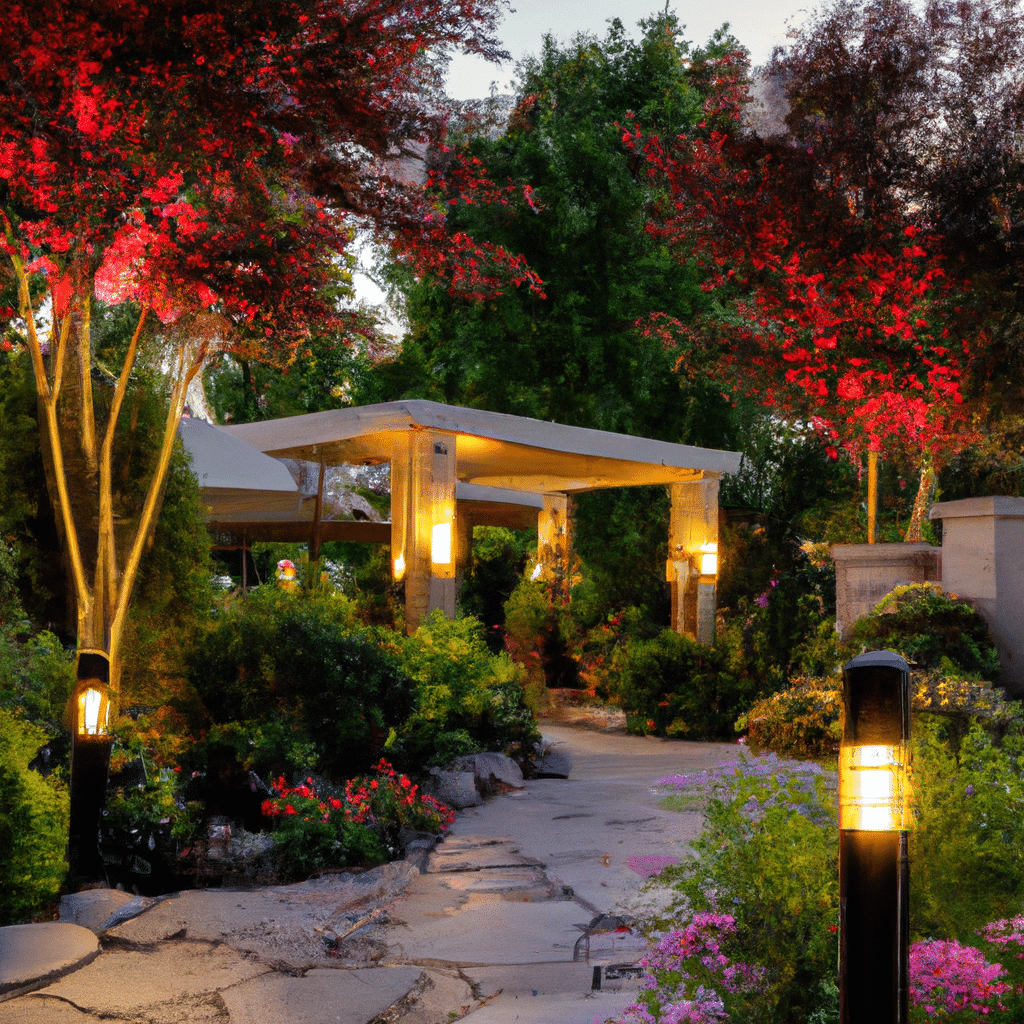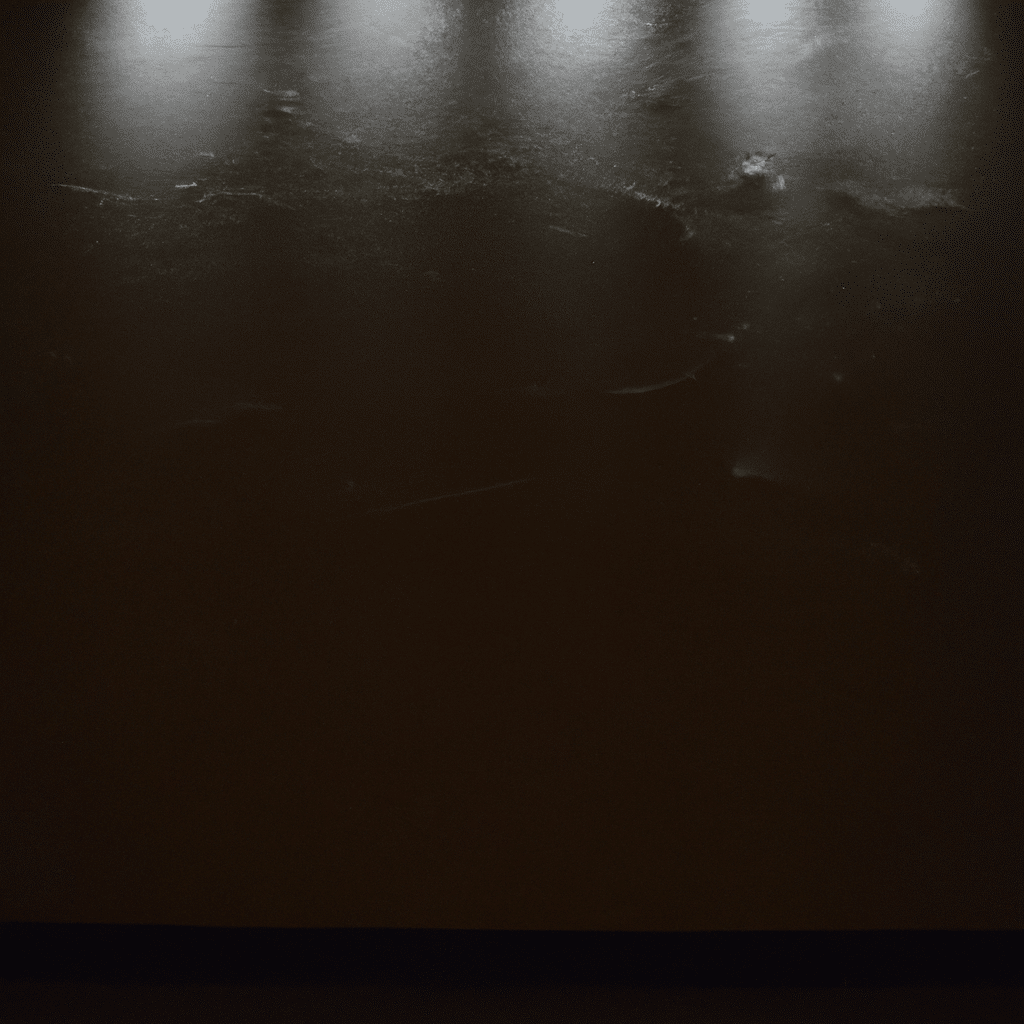In today’s fast-paced world, where we spend a significant amount of time in our homes, having the perfect illumination is essential for creating a productive and comfortable living environment. Lighting not only affects the aesthetics of our space but also plays a crucial role in our mood, productivity, and overall well-being. In this comprehensive guide, we will explore the key factors to consider when selecting lighting for a productive home.
Understanding the Different Types of Lighting
Before delving into the selection process, it is important to understand the different types of lighting available. By combining these various lighting types, you can create a well-balanced and functional lighting scheme for your home.
1. Ambient Lighting
Ambient lighting, also known as general lighting, provides overall illumination to a room. It ensures that the space is well-lit and serves as the foundation for other lighting layers. Common examples of ambient lighting include ceiling fixtures, chandeliers, and recessed lighting.
2. Task Lighting
Task lighting is focused lighting that provides illumination for specific activities. It is essential for activities such as reading, cooking, or working. Desk lamps, under-cabinet lighting, and pendant lights are all examples of task lighting.
3. Accent Lighting
Accent lighting is used to highlight specific areas or objects in a room, creating visual interest and depth. This type of lighting adds drama and enhances the overall ambiance of a space. Track lighting, wall sconces, and picture lights are commonly used for accent lighting.
Factors to Consider When Selecting Lighting
Now that we have a basic understanding of the different types of lighting, let’s explore the key factors to consider when selecting lighting for a productive home.
1. Purpose and Functionality
Before choosing any lighting fixtures, it is crucial to determine the purpose and functionality of each space within your home. Consider the activities that take place in each area and how lighting can enhance those activities. For example, a well-lit kitchen requires ample task lighting for food preparation, while a cozy reading nook would benefit from a combination of ambient and task lighting.
2. Natural Light Integration
Integrating natural light into your lighting design is not only energy-efficient but also promotes a healthy and productive environment. Consider the orientation of your home and the amount of natural light it receives throughout the day. Strategically place windows, skylights, or light tubes to maximize natural light and reduce the need for artificial lighting during daylight hours.
3. Color Temperature and CRI
Color temperature refers to the warmth or coolness of light, measured in Kelvin (K). Different color temperatures evoke different moods and atmospheres. For a productive home, it is recommended to use cooler color temperatures (5000K-6500K) in task-oriented areas and warmer color temperatures (2700K-3000K) in relaxation areas.
Additionally, pay attention to the Color Rendering Index (CRI) of lighting fixtures. CRI measures how accurately a light source reveals the true colors of objects. Higher CRI values (80 or above) ensure more accurate color representation, which is important for tasks that require color differentiation, such as artwork or home offices.
4. Energy Efficiency
In today’s environmentally conscious world, energy efficiency is a crucial consideration when selecting lighting. Opt for LED (light-emitting diode) or CFL (compact fluorescent lamp) bulbs, as they consume significantly less energy than traditional incandescent bulbs. Look for fixtures with the ENERGY STAR label, indicating that they meet strict energy efficiency guidelines.
5. Dimming and Lighting Controls
Having the ability to adjust the brightness of your lighting can greatly enhance productivity and create the desired ambiance. Consider incorporating dimmers and lighting controls into your lighting design. This allows you to customize the lighting levels for different activities and moods.
6. Design and Aesthetics
While functionality is paramount, the design and aesthetics of lighting fixtures should not be overlooked. Lighting can act as a statement piece or complement the overall decor of your home. Choose fixtures that align with your personal style and enhance the visual appeal of your space.
7. Maintenance and Longevity
Selecting lighting fixtures that are easy to maintain and have a long lifespan is a wise investment. LED bulbs, for instance, have an average lifespan of 20,000 to 50,000 hours, significantly longer than traditional bulbs. This reduces the frequency of bulb replacements and lowers maintenance costs over time.
Conclusion
In conclusion, selecting the perfect lighting for a productive home involves considering multiple factors such as the purpose and functionality of each space, integration of natural light, color temperature and CRI, energy efficiency, dimming and lighting controls, design and aesthetics, as well as maintenance and longevity. By carefully evaluating these factors and finding the right balance between functionality and aesthetics, you can create a well-illuminated and productive living environment that suits your needs and preferences. Remember, lighting has the power to transform a space and elevate your overall quality of life.



